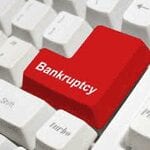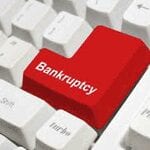The short answer is yes. There is always a “But.” The review of the trustee in bankruptcy will take into account the following:
- How long before the bankruptcy did you buy the car?
- What did you pay for the car?
- Did you pay cash? – if so, was any part of the cash from cash advances on your credit cards or from lines of credit?
- If you financed all or part of the purchase price of the car, do you still owe money to the finance company? Did the finance company put a lien on your car as security until they were paid? If the answers are yes and you wish to keep the car, you will likely just continue to make the car payments and keep the car
- What is the car worth on the day you filed the assignment in bankruptcy?
The answers to all of the above questions determine what action, if any, the trustee will take. Obviously, the length of time between the purchase of the car and the date of filing bankruptcy and the current value of the car are the two most important factors. If this situation applies to you, you would be wise to review the details with your trustee before you file bankruptcy.
Contact Rumanek & Company Ltd. for more information on bankruptcy and debt solutions. Or please fill out the free bankruptcy evaluation form. To learn more please visit our YouTube Channel. Rumanek & Company have been helping individuals and families overcome debt for more than 25 years.



 Bankruptcy Terms & Definitions:
Bankruptcy Terms & Definitions: 
 Bankruptcy Trustees
Bankruptcy Trustees